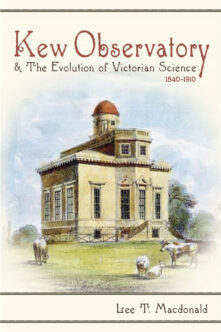Science / History
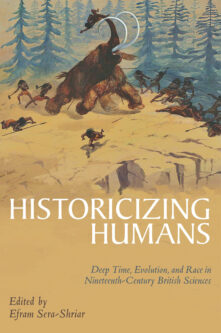
Historicizing Humans
Deep Time, Evolution, and Race in Nineteenth-Century British Sciences
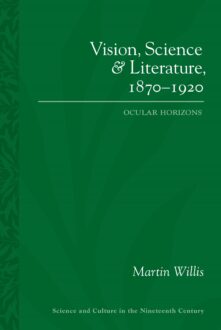
Vision, Science and Literature, 1870-1920
Ocular Horizons
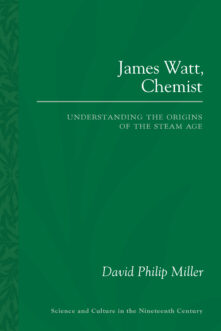
James Watt, Chemist
Understanding the Origins of the Steam Age
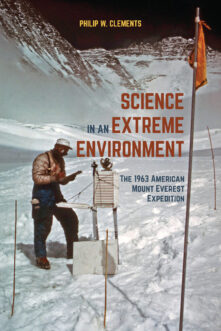
Science in an Extreme Environment
The 1963 American Mount Everest Expedition
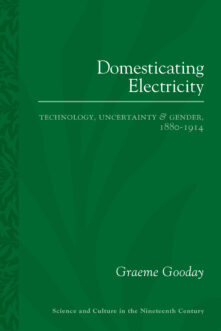
Domesticating Electricity
Technology, Uncertainty and Gender, 1880–1914
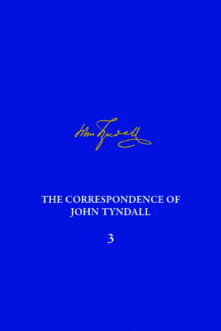
The Correspondence of John Tyndall, Volume 3
The Correspondence, January 1850–December 1852
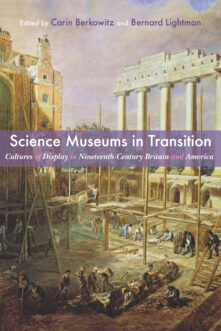
Science Museums in Transition
Cultures of Display in Nineteenth-Century Britain and America

Engineering the Environment
Phytotrons and the Quest for Climate Control in the Cold War
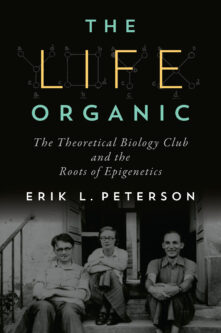
The Life Organic
The Theoretical Biology Club and the Roots of Epigenetics
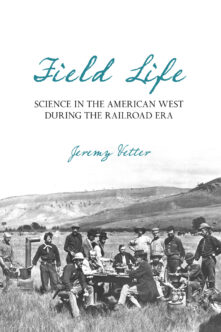
Field Life
Science in the American West during the Railroad Era

When They Hid the Fire
A History of Electricity and Invisible Energy in America
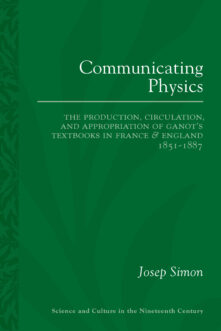
Communicating Physics
The Production, Circulation, and Appropriation of Ganot's Textbooks in France and England, 1851–1887
Total 134 results found.


